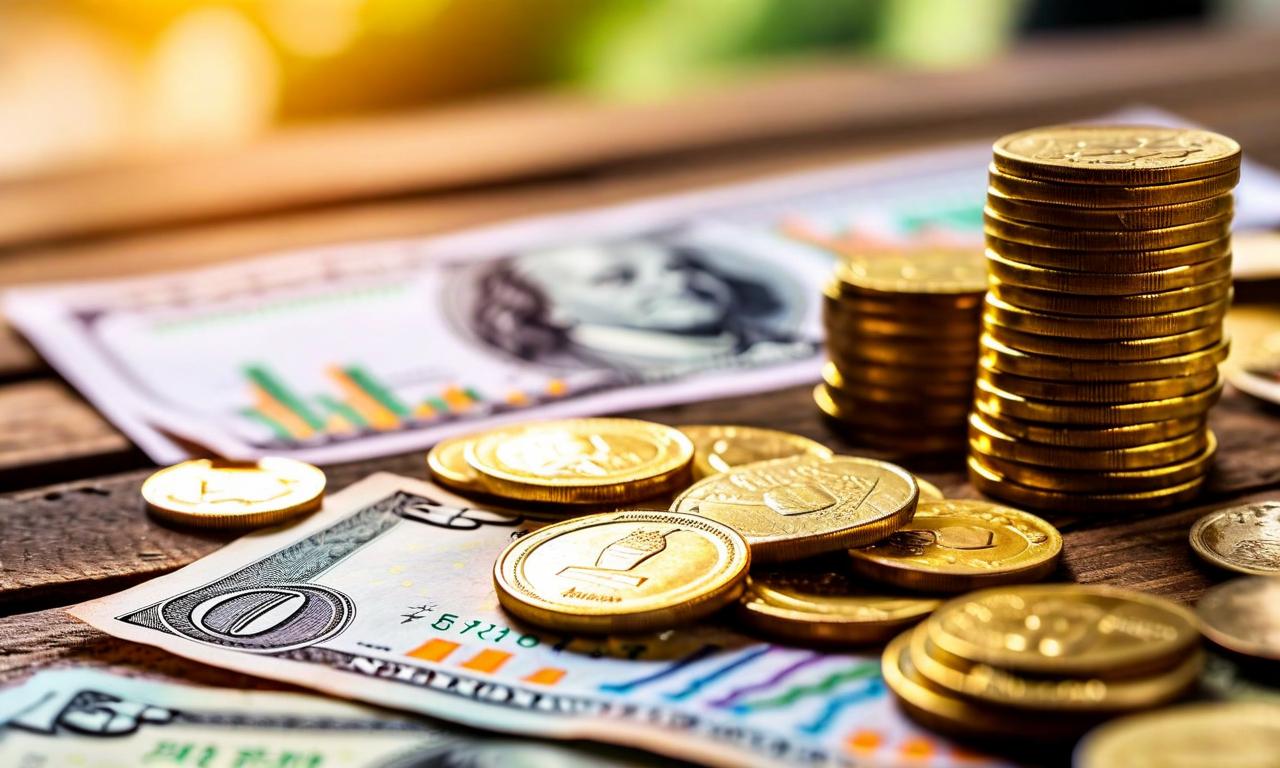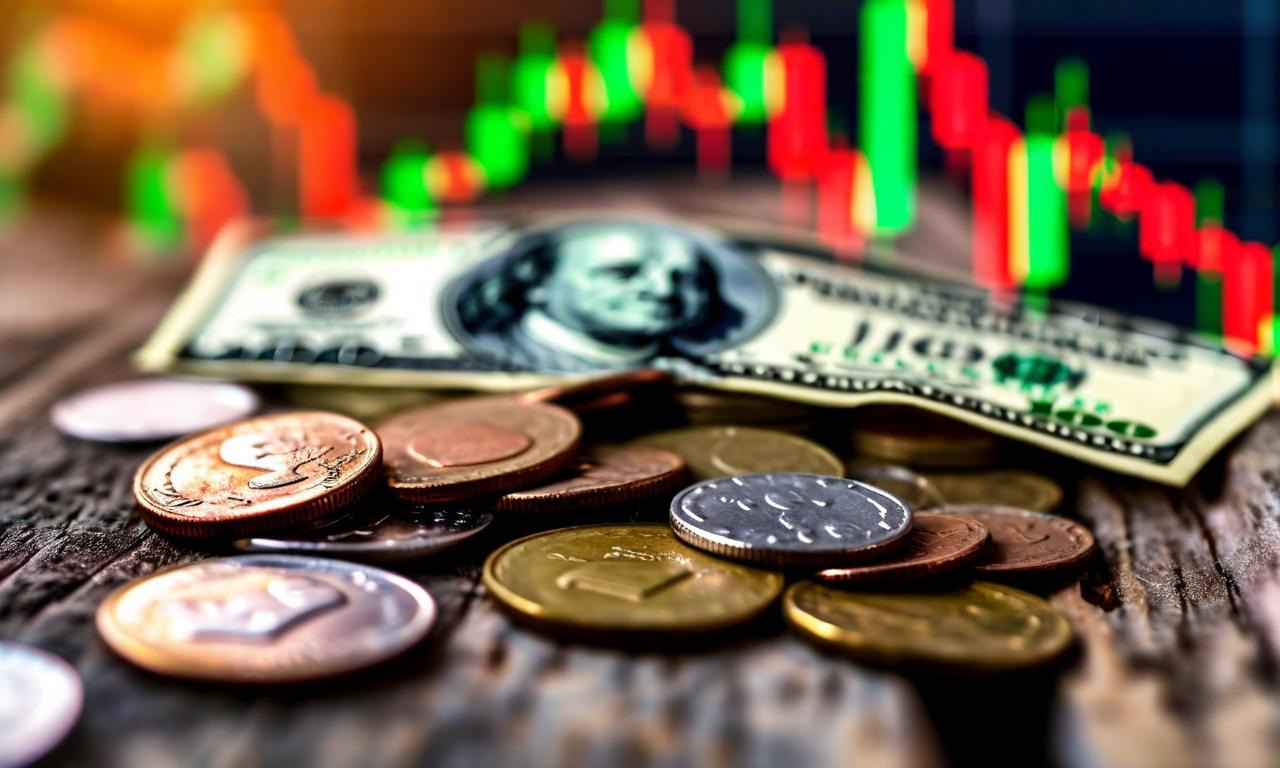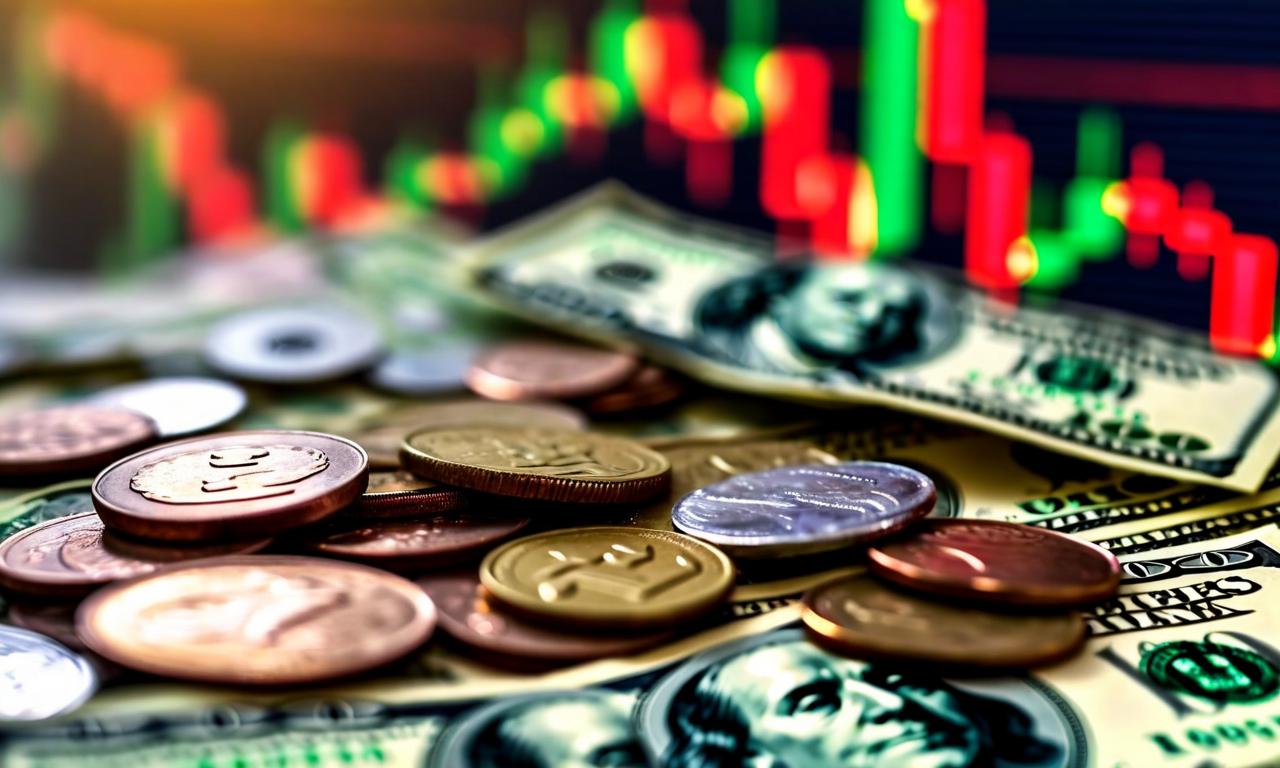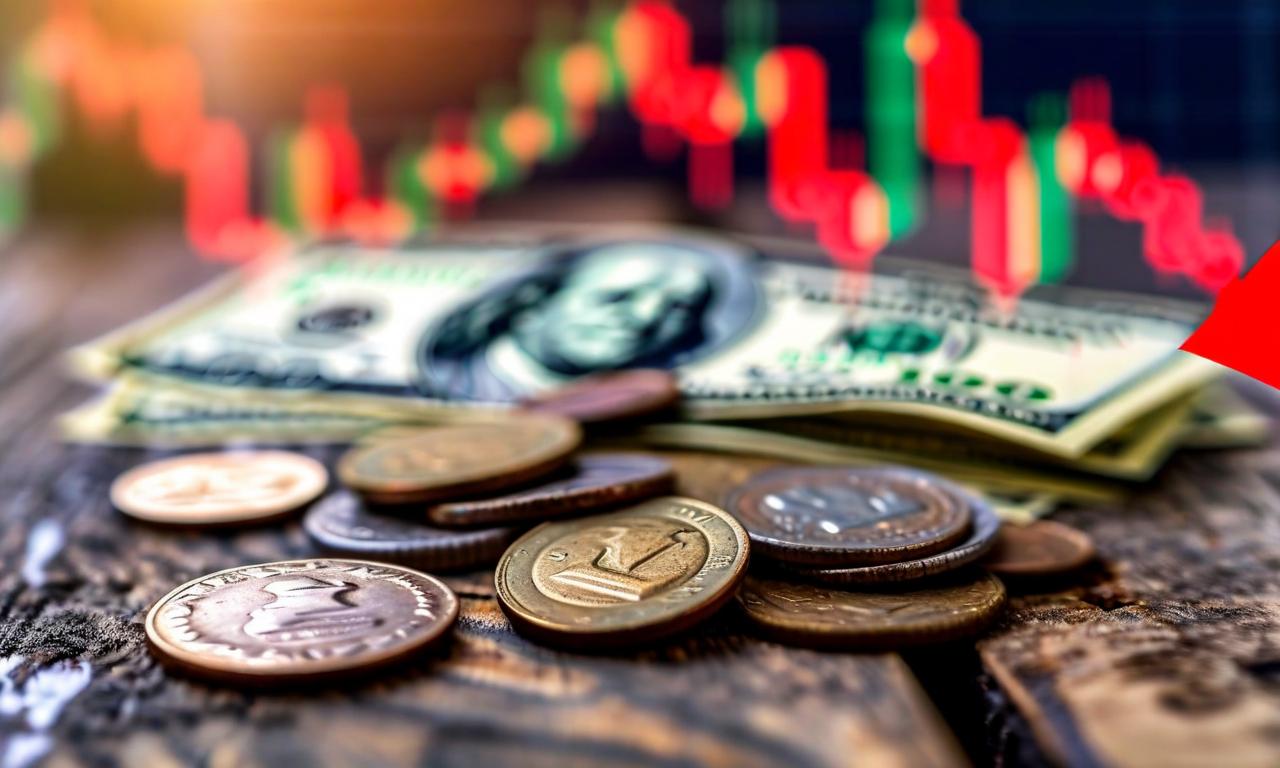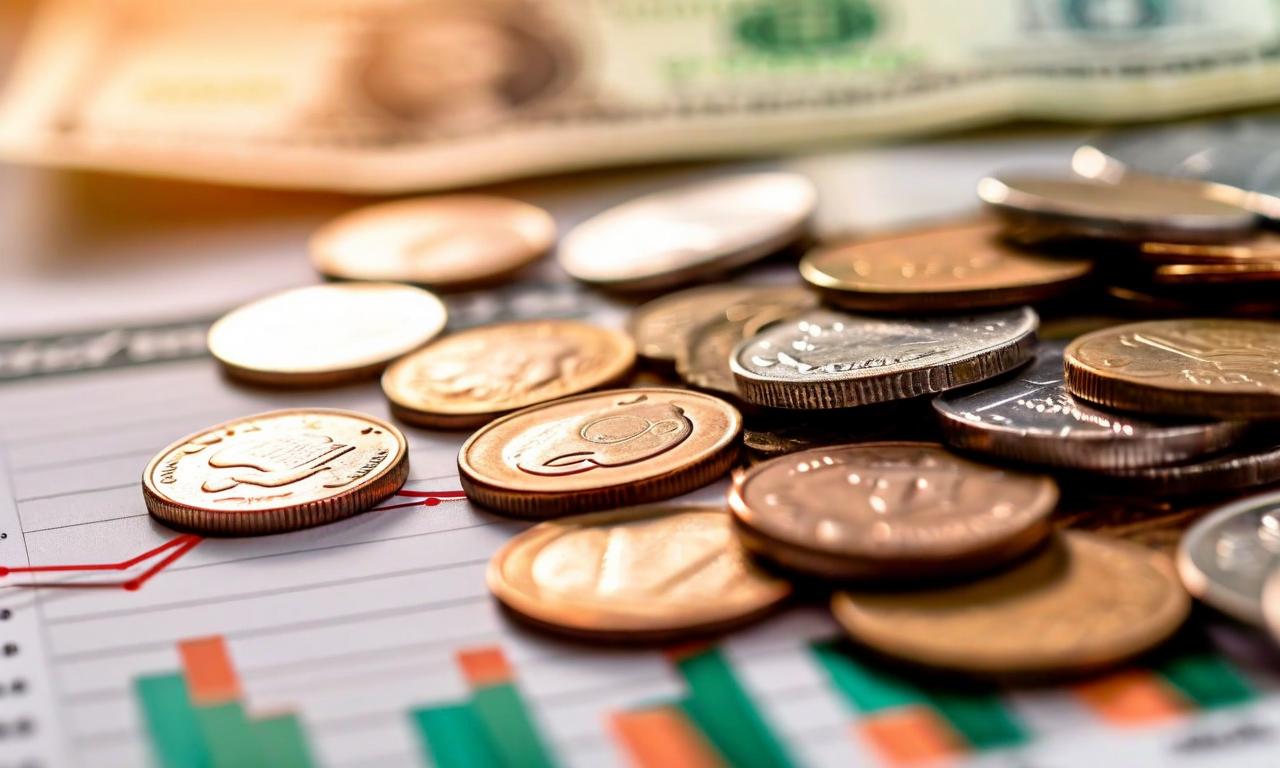Rupee Gains on RBI Rate Hold, But US Tariff Threats Loom
The Indian rupee closed at 87.73 against the US dollar, up 0.1%, following the Reserve Bank of India's decision to maintain the repo rate at 5.50%. This comes after the currency hit an all-time low of 87.88 on Tuesday. The RBI's Monetary Policy Committee voted unanimously to hold rates steady, in line with market expectations. Factors influencing the rupee include a weakening US dollar, rising crude prices, FII outflows, and US-India trade tensions. President Trump's threat of a 25% tariff on Indian goods starting Friday is adding pressure to the currency. Analysts suggest the rupee may breach the 88-mark next week due to these tariff threats.

*this image is generated using AI for illustrative purposes only.
The Indian rupee rose 0.1% to close at 87.73 against the US dollar following the Reserve Bank of India's decision to maintain the repo rate at 5.50% with a neutral policy stance. This uptick comes after the currency hit an all-time low on Tuesday, closing 22 paise lower at 87.88.
RBI Monetary Policy Decision
The RBI's six-member Monetary Policy Committee (MPC), led by Governor Sanjay Malhotra, voted unanimously to hold rates steady. This decision was in line with market expectations and helped support the rupee.
Factors Influencing Rupee Movement
Several factors are influencing the rupee's movement:
- Weakening US Dollar: A softening greenback in the global market has contributed to the rupee's gains.
- Rising Crude Prices: An increase in global Brent crude prices is limiting further gains for the rupee. Brent crude rose 0.62% to $68.06 per barrel.
- Foreign Institutional Investor (FII) Outflows: Continued selling by FIIs is putting pressure on the Indian currency. FIIs offloaded equities worth ₹22.48 crore on a net basis on Tuesday.
- US-India Trade Tensions: US President Donald Trump's renewed tariff threats on Indian goods have added pressure on the rupee.
US Tariff Threats
The currency faces pressure from a 25% US tariff on Indian goods set to begin Friday. President Trump has warned of additional substantial levies due to India's oil imports from Russia.
Market Outlook
Market signals suggest the rupee may breach the 88-mark next week due to tariff threats. The currency had declined 1.18% in the week through August 1, marking its sharpest weekly fall in nearly three years, and would likely have hit record lows without central bank intervention.
Analysts note that avoiding rate cuts helps prevent further currency weakness that could result from foreign capital shifting to higher-yield markets. India recorded net foreign outflows of $800 million in the current financial year through July 31, primarily from debt segment outflows.
Global Market Indicators
Key indicators in the global market include:
| Indicator | Change |
|---|---|
| Brent crude | +0.62% to $68.06 per barrel |
| Dollar index | -0.07% to 98.71 |
Domestic Equity Markets
In parallel to the currency movements, Indian equity markets showed positive trends:
| Index | Change |
|---|---|
| BSE Sensex | +113.41 points to 80,823.66 |
| Nifty | +19.20 points to 24,668.75 |
Market participants will be closely monitoring the impact of the RBI's policy announcement and ongoing trade tensions on the rupee's trajectory against the US dollar.



